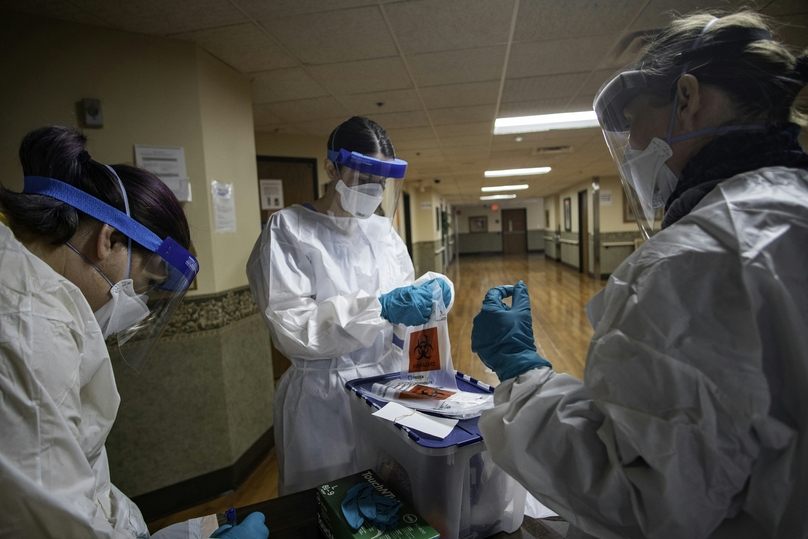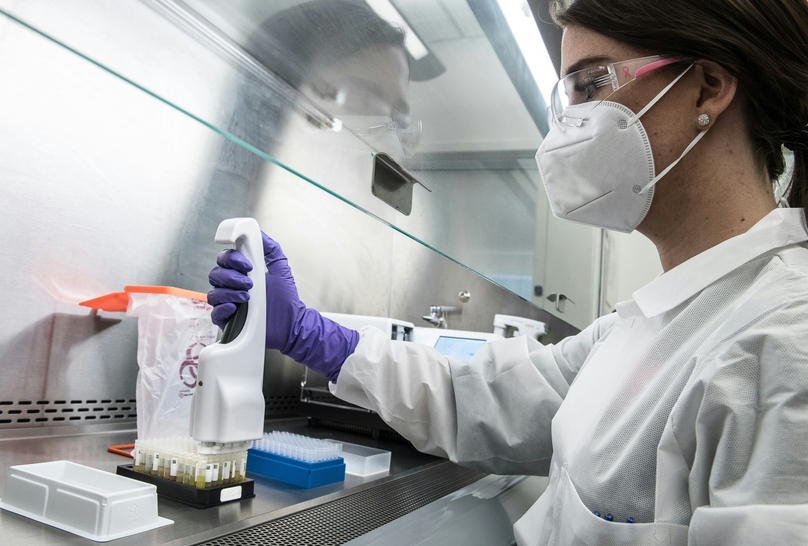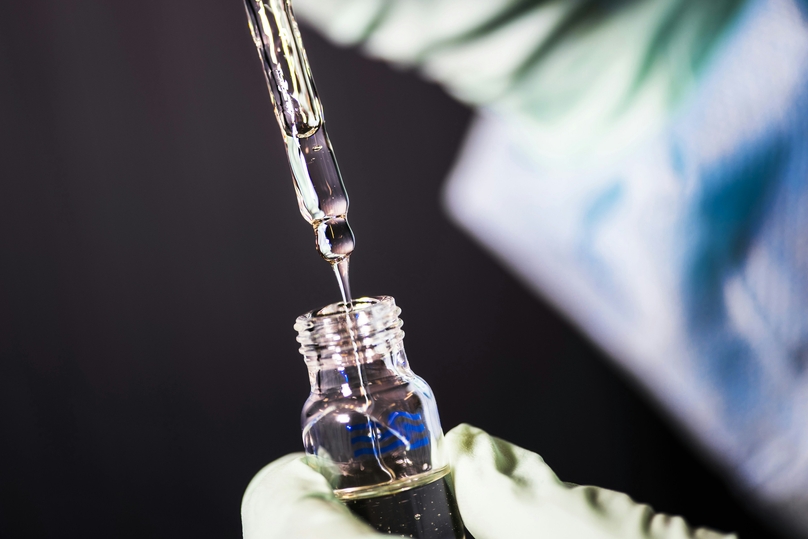Medical laboratories are vital for diagnostic precision, but errors can occur, compromising patient safety and care quality. Identifying common medical lab errors and implementing corrective measures are crucial steps towards enhancing laboratory performance. This article outlines prevalent issues and offers practical solutions to reduce the incidence of medical lab errors.
Sample Mislabeling
One of the most frequent and critical errors in medical laboratories is sample mislabeling. This mistake can lead to incorrect patient diagnosis and treatment, potentially causing severe health consequences.
To prevent mislabeling, laboratories should adopt streamlined lab organization and collaborative editing systems. These platforms ensure that all samples are correctly labeled and tracked throughout the testing process, reducing human errors and enhancing communication among lab personnel.
Contamination and Cross-Contamination
Contamination or cross-contamination of samples can significantly alter test results, leading to misdiagnosis or delayed treatment. Laboratories must enforce stringent contamination control protocols. Regular training sessions on proper sample handling and the use of personal protective equipment (PPE) are essential. Additionally, employing a central protocol hub ensures that all lab members are updated on the latest procedures and compliance standards, minimizing the risk of contamination.
Instrument Calibration Errors
Improper calibration of lab instruments can skew the accuracy of test results, affecting clinical decisions. Calibration errors might be overlooked until significant discrepancies appear in test outcomes.
Implementing a routine maintenance schedule for all laboratory equipment is imperative. Calibration should be performed as recommended by the manufacturer and documented meticulously to maintain the integrity of test results.
Data Entry Errors
Errors in data entry can occur at multiple points within the lab process, from recording initial sample data to entering final results into a system. Investing in advanced data management systems can automate data entry processes and reduce the chances of human error. Features like barcode scanning and voice recognition can enhance data accuracy and streamline workflows.
Insufficient Staff Training
Inadequately trained staff can lead to procedural errors, affecting test outcomes and laboratory efficiency. Continuous education and training programs for all lab personnel are essential. These programs should cover new protocols, equipment usage, and updates in lab standards to ensure that staff are competent and confident in their roles.
Expired Reagents and Improper Storage
Using expired reagents or improperly storing chemicals can lead to inaccurate test results. These errors are often the result of oversight or poor inventory management. An automated inventory management system can help track reagent expiration dates and storage conditions, ensuring that only viable and well-maintained supplies are used for testing.
Failure to Follow Up on Test Results
Sometimes, the error is not in the test execution but in the follow-up. Critical findings might be overlooked or miscommunicated, delaying crucial interventions. Adopting tools that offer effortless protocol management and collaboration can help ensure that all test results are reviewed promptly and that any critical information is quickly communicated to the relevant healthcare providers.
Poor Quality Control
Lacking a robust quality control (QC) system can lead to inconsistent test results, which may not be caught until they have caused significant issues. Establishing and maintaining strong QC measures within the laboratory is vital. Regular audits and checks should be performed to ensure that all procedures and outputs meet the required standards.
Inefficient Workflow Processes
Inefficient workflows in the laboratory can lead to delays and errors in test processing and results reporting. These inefficiencies often stem from outdated procedures or inadequate workflow management tools.
To address inefficiencies, laboratories should consider integrating lab automation systems. Automation can streamline processes, reduce human error, and improve turnaround times. Harness the power of research operations analytics with modern lab automation systems and software, enhancing efficiency and accuracy across all lab operations.
Inadequate Communication Systems
Poor communication among lab staff, and between the lab and other medical departments, can result in critical information being miscommunicated or not communicated at all. This can affect patient treatment plans and outcomes.
Adopting integrated communication tools that facilitate real-time sharing of information and results can help improve the coordination between different teams. Ensuring that everyone has access to the same data reduces errors and enhances the decision-making process.
Manual Inventory Management
Relying on manual methods for managing lab inventory can lead to errors such as using expired or insufficient materials, which can compromise test results. Switching to digital inventory management systems can significantly reduce errors associated with manual inventory checks.
It’s time to visualize your inventory with the best lab inventory management software, providing real-time tracking of reagents and supplies to ensure they are always available and within their usable dates.
Lack of Interoperability
The lack of interoperability between different lab systems can lead to data silos, where information is trapped within one part of the system and not accessible where it's needed most. This can lead to errors in data interpretation and delays in diagnosis.
Investing in interoperable systems that can communicate across various platforms and departments within the healthcare facility is crucial. This ensures that data flows seamlessly, enhancing the accuracy and efficiency of laboratory operations.
Improper Specimen Handling
Handling specimens improperly can degrade the sample quality, leading to unreliable test results. This problem is often due to insufficient training or failure to follow standard operating procedures.
Standardizing specimen handling protocols and ensuring strict adherence through continuous training and monitoring can mitigate this issue. Regular competency evaluations for staff handling specimens are also advisable to maintain high standards of care.
At Genemod, we understand the complexities of medical laboratory operations. That's why we provide cutting-edge solutions to help streamline your workflows, manage your inventory, and ensure the accuracy of your data. Trust us to enhance your laboratory's efficiency and reliability. Visit our website today to learn more about how we can assist you in reducing medical lab errors and advancing your research capabilities.


















